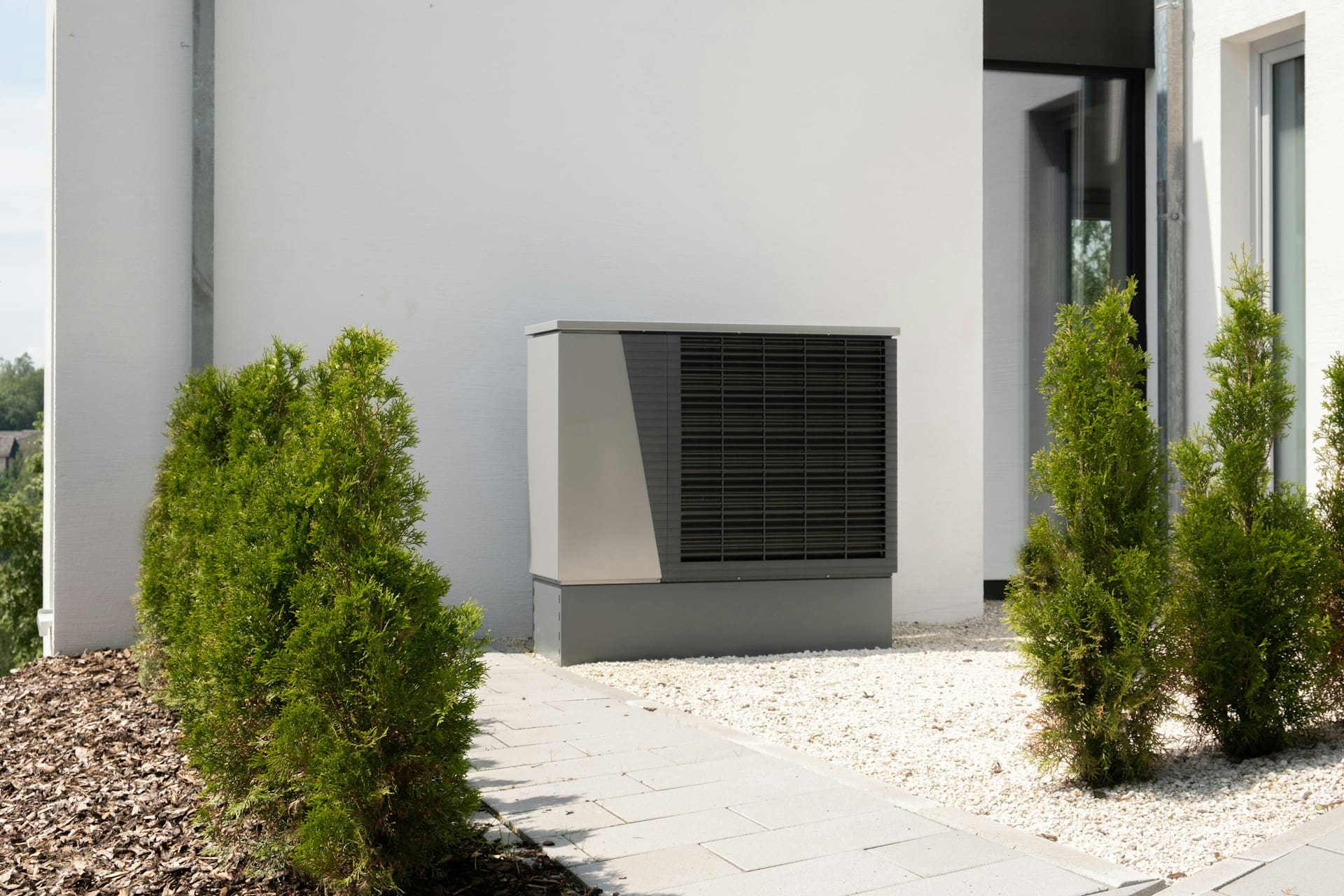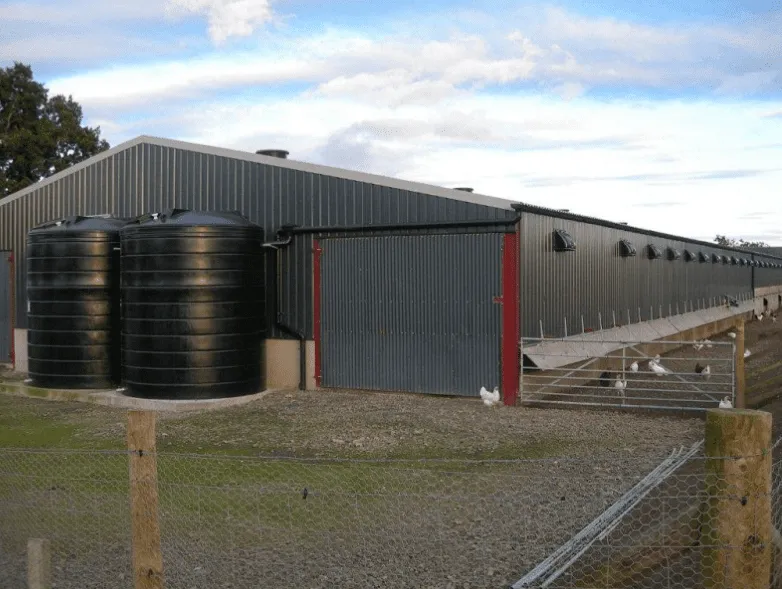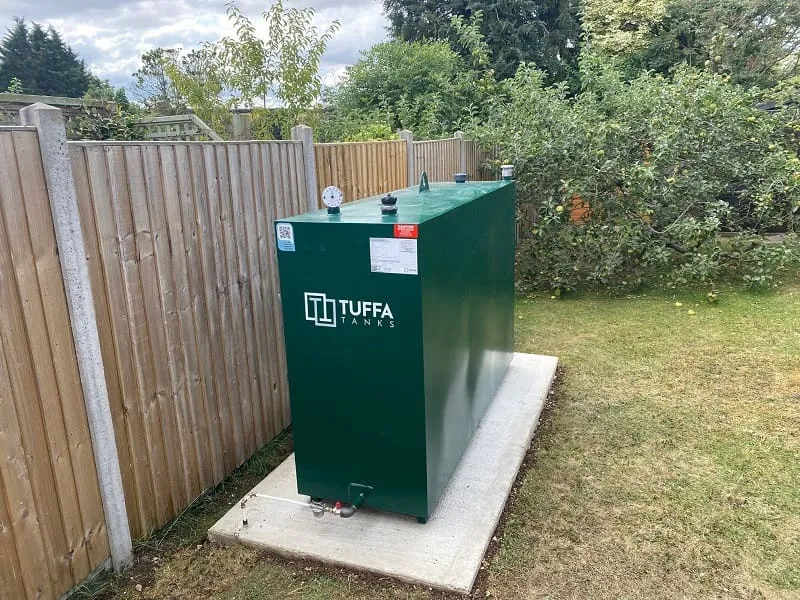Most people within the heating and plumbing industry will be familiar with Hydrotreated Vegetable Oil (HVO), a second-generation biofuel that offers a near drop-in alternative to kerosene yet reduces carbon emissions by almost 90%. It’s now over a year since the first phase of trials began, modifying existing boilers to burn HVO. As expected, the trials successfully demonstrated that boilers across the UK can use the biofuel for long durations with no discernible difference in heat output. The trial’s second phase is now well underway with 200 homes and businesses using HVO for heating. A successful trial here will verify the logistics and feasibility of using HVO to help decarbonise up to 1.7 million properties across the UK.
While the UK Government have not yet published plans to discontinue the use of kerosene altogether, its use is being phased out with the ban on the installation of fossil fuel burners in new build homes from 2025 and existing homes from 2035. Fortunately, HVO doesn’t fall into this category as a fossil-free fuel certified as sustainable by the International Sustainability and Carbon Certification (ISCC). The use of HVO in oil-fired boilers is now beginning to become part of the UK’s plan to decarbonise heating with the Heat and Buildings Strategy recognising the use of liquid biofuels such as HVO as an alternative form of heating where heat pumps are not practical.

Tuffa’s HVO compatible 1100L Steel Bunded Fire Rated Oil Tank
However, the report also suggests that the available supply of the biofuel is the limiting factor. Demand for HVO to decarbonise other sectors of the economy is high with road transport in particular showing a large appetite for biofuel. With very few sustainable fuels suitable for the aviation industry there is an argument it must take priority over industries with other viable solutions. Perhaps a poor argument considering that the proposed solution to heating off-grid homes is installing heat pumps, a heat source pushed as ‘one-size-fits-all’ despite oil-heated homes being particularly incompatible with the technology; they are often more than a century old, potentially lack the consistent electrical supply required to run a heat pump and are typically poorly insulated.
Government calculations suggest that the cost of retrofitting a house with an EPC of ‘E-G’ to an EPC of ‘C’ – the level needed for heat pumps to work effectively – would be around £15,000. Coupled with the cost of a heat pump or biomass boiler (circa £10,000 – £20,000) it’s simply not a ‘viable’ cost for most homeowners to secure the basic necessity of hot water, even with the government’s “Boiler Upgrade Scheme” offering up to £5,000 for an air source heat pump. Comparatively, there is no discernible difference in heat output from a home heated with HVO than a home using kerosene, making retrofitting beneficial but not essential to dramatically decrease carbon emissions. With most oil tanks already compatible with HVO (we have confirmed Tuffa tanks are) and retrofitting costs expected to average £500, the switch to HVO would be relatively seamless and affordable.

1150L Plastic Bunded Fire Rated Oil Tank delivered to an off-grid home
Future Ready Fuels (a UKIFDA and OFTEC coalition) are concerned that rural households will be “used by the government as guineapigs to test the roll out of heat pumps”. Representatives from Future Ready Fuels have been in contact with the main European and US HVO suppliers and have received reassurance that their plans to increase production would meet demand from UK domestic heating. It should also be noted that the expectation isn’t to switch to pure HVO immediately, but to begin with a HVO blend with HVO100 becoming available for heating by as early as 2025. This will allow for a smoother transition for homeowners, fuel distributors and the government while providing more time to increase HVO production.
Supply and demand for HVO could also change rapidly while the facilities and supply of waste materials used to produce HVO are increasing. HVO production is forecast to rise by over 300% in Europe alone between 2020 and 2025 with the rest of the world including the US expected to increase production by a similar amount. There is also further research into and production of third-generation biofuels with microalgae looking particularly promising; it can ‘absorb’ more carbon than trees and in doing so creates more algae which can be converted into fuel suitable for industries including aviation. We’re also experiencing greater investment in and uptake of electric vehicles which could result in less demand for the renewable fuel in the near future. It’s hoped that the subsequent void will free up a greater supply dedicated to heating.
A final hurdle for homeowners and businesses alike is the cost of the fuel. HVO is currently only commercially available as an alternative to diesel and retail costs are higher than the fossil fuel. However, the industry is hoping to shrink the hurdle by urging the government to incentivise the renewable, low-carbon fuel in the same way that has already been done for transport. The UK’s Trade Remedies Authority recognises the pragmatism of using HVO for UK heating and in December 2021 recommend the removal of trade measures on importing HVO from the US and Canada. If upheld this would further alleviate concerns over cost and availability of HVO for home heating. Even without legislative changes, the comparatively small initial capital required will likely make HVO heating more affordable and realistic than low-carbon options currently on the market. With the UK contracted to become carbon neutral in just one generation, liquid biofuels are set to play a vital role in sustainable, low-carbon heating.
Anyone invested in seeing HVO acknowledged by the government is encouraged to add their voice to OFTEC, UKIFDA and Tuffa by writing to their MP to request that renewable liquid fuels are supported as part of future heating policy. A template letter is available on the Future Ready Fuels website.
Remember, while we’re still waiting for legislation to change, your Tuffa tank is already compatible and future-ready! However, if you have a single skin tank, a plastic tank over 20 years old or a steel tank over 30 years old then we would recommend purchasing a new bunded Tuffa oil tank when switching to HVO or a HVO blend. If you want to replace an oil tank or install a new tank next to a building or boundary then check out our Fire Protected Oil Tanks. This unique tank range allows compliant installations adjacent to buildings and boundaries. More information and installation advice are available on our Expert Guide to Fire Rated Oil Tanks. You can also view our Expert Guide to HVO Fuel Tanks for more information about HVO and it’s use as a diesel and kerosene replacement.
To stay up to date with HVO heating news sign up to our newsletter below. Alternatively, browse our site for HVO compatible heating oil tanks and HVO compatible biodiesel tanks.
































